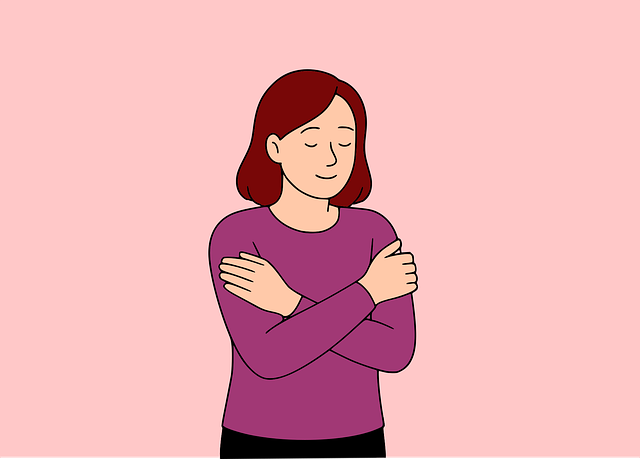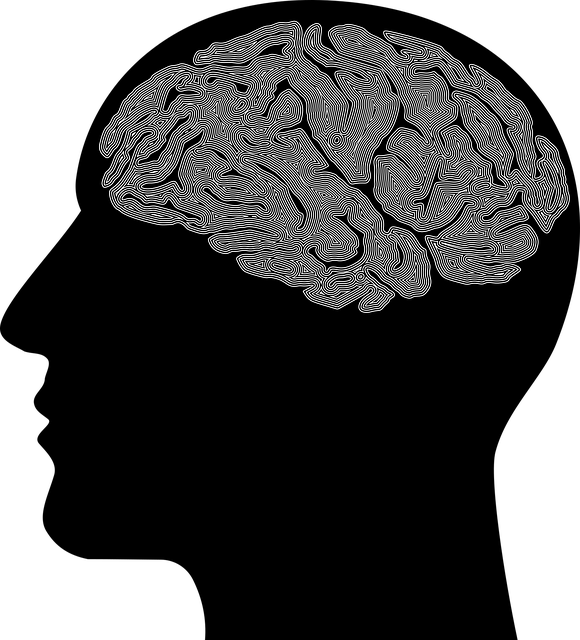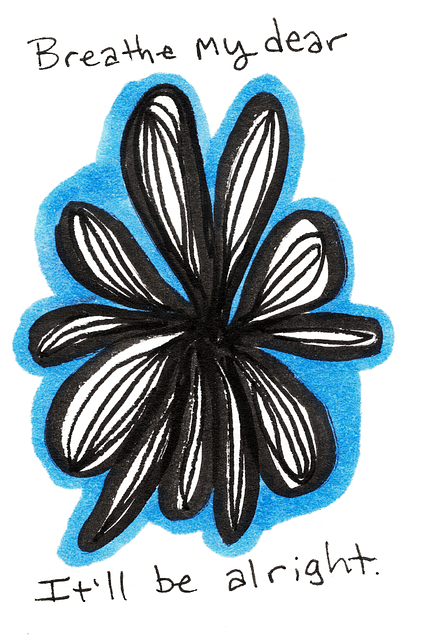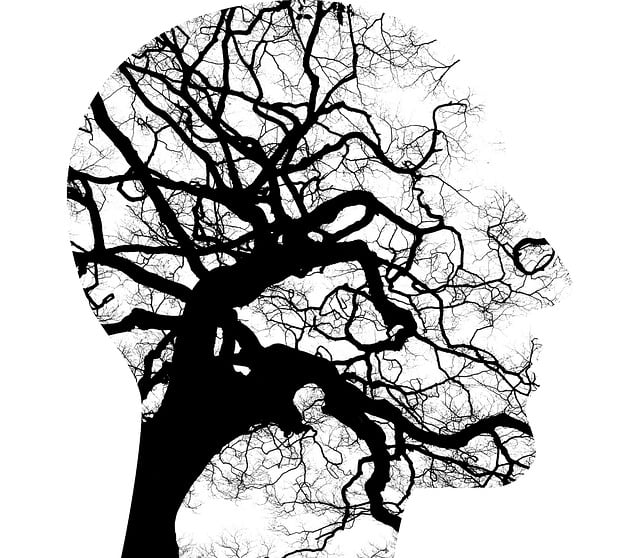Parker Geriatrics Therapy offers a comprehensive risk assessment and harm minimization approach for elderly patients, addressing intrinsic and extrinsic factors. By integrating Social Skills Training, Community Outreach, and Mood Management strategies, this dynamic framework goes beyond physiological symptoms to improve patients' engagement in community life. Using evidence-based practices and regular emotional intelligence assessments, the therapy team strengthens coping mechanisms and prevents adverse effects, ensuring proactive care that aligns with industry standards for optimal geriatric patient outcomes.
Risk assessment and harm minimization are paramount in geriatric care, ensuring safe and effective treatment. This article delves into a structured framework for managing risks in elderly patients through the lens of Parker Geriatrics Therapy. We explore key concepts like identifying potential harms and implementing comprehensive minimization strategies. By adopting evidence-based practices from the Parker Approach, healthcare professionals can enhance patient safety, mitigate risks, and optimize outcomes in geriatric therapy. Discover practical insights into risk assessment and planning for harm minimization specifically tailored to Parker Geriatrics.
- Understanding Risk Assessment in Geriatric Therapy: The Parker Approach
- Identifying Harms and Potential Risks in Elderly Patients
- Developing a Comprehensive Minimization Plan: Strategies for Parker Geriatrics
- Implementation and Monitoring: Ensuring Safety in Practice
Understanding Risk Assessment in Geriatric Therapy: The Parker Approach

Risk assessment is a cornerstone of geriatric therapy, ensuring that treatment plans are tailored to an individual’s unique needs and vulnerabilities. The Parker Approach, developed by experts in Parker Geriatrics Therapy, offers a comprehensive framework for understanding and mitigating risks. This method involves a detailed evaluation of the patient’s physical, cognitive, and emotional health, considering both intrinsic factors like age-related changes and extrinsic elements such as living arrangements and social support networks.
By integrating concepts like Social Skills Training and Community Outreach Program Implementation, the Parker Approach goes beyond addressing physiological symptoms. It focuses on enhancing patients’ ability to navigate social environments and engage in meaningful community activities, thereby improving their overall quality of life. Additionally, strategies for Mood Management are integral to this approach, recognizing that emotional well-being is a critical aspect of risk minimization in geriatric care.
Identifying Harms and Potential Risks in Elderly Patients

Identifying potential risks and harms in elderly patients is a critical aspect of comprehensive care, particularly for those requiring Parker Geriatrics Therapy. This vulnerable population often faces unique challenges that can impact their physical and emotional well-being. Assessing cognitive decline, mobility issues, and sensory impairments is essential as these factors contribute to a higher risk of falls, medication errors, and social isolation—all of which can significantly harm elderly individuals.
A holistic evaluation should encompass not just the physical but also the psychological and social aspects of an elderly patient’s life. Emotional healing processes and promoting overall emotional well-being are integral parts of care, especially during crisis intervention guidance sessions. By recognizing and addressing these risks proactively, healthcare providers can implement tailored strategies to minimize potential harm and enhance the quality of life for their elderly patients.
Developing a Comprehensive Minimization Plan: Strategies for Parker Geriatrics

At Parker Geriatrics Therapy, developing a comprehensive harm minimization plan is a multi-faceted approach that integrates various strategies to ensure optimal patient care and well-being. This involves a holistic evaluation of potential risks associated with aging, encompassing physical health, cognitive function, and emotional intelligence. By leveraging evidence-based practices, the team at Parker Geriatrics leverages mental wellness coaching programs development and compassion cultivation practices to fortify patients’ coping mechanisms and resilience against adverse effects.
The minimization plan prioritizes proactive interventions, focusing on early detection of risk factors and implementing preventive measures. This includes regular assessments of emotional intelligence, fostering a supportive environment that encourages open communication about concerns and challenges. Through tailored therapy sessions and group support networks, Parker Geriatrics aims to enhance mental wellness, addressing potential issues before they escalate and promoting overall quality of life for geriatric patients.
Implementation and Monitoring: Ensuring Safety in Practice

The successful implementation of risk assessment and harm minimization planning requires a structured approach that goes beyond initial setup. At Parker Geriatrics Therapy, we understand the dynamic nature of caregiving, which is why continuous monitoring and adaptation are key to ensuring safety in practice. Regular reviews of risk assessments allow for proactive adjustments based on evolving patient needs and emerging trends in care delivery.
Effective monitoring involves not only identifying potential hazards but also implementing robust communication strategies to address them. By fostering open dialogue between caregivers, patients, and their families, we can better manage risks related to burnout prevention and emotional regulation. This collaborative approach enhances overall well-being and ensures that our practices remain aligned with the highest standards of care, ultimately contributing to positive patient outcomes.
Risk assessment and harm minimization planning are essential components of high-quality Parker Geriatrics Therapy. By understanding the unique risks associated with elderly patients, implementing comprehensive strategies, and continuously monitoring safety, we can ensure that geriatric care is not only effective but also minimizes potential harms. The Parker approach provides a structured framework for navigating these challenges, ultimately enhancing patient outcomes and fostering a safer environment for our aging population.














